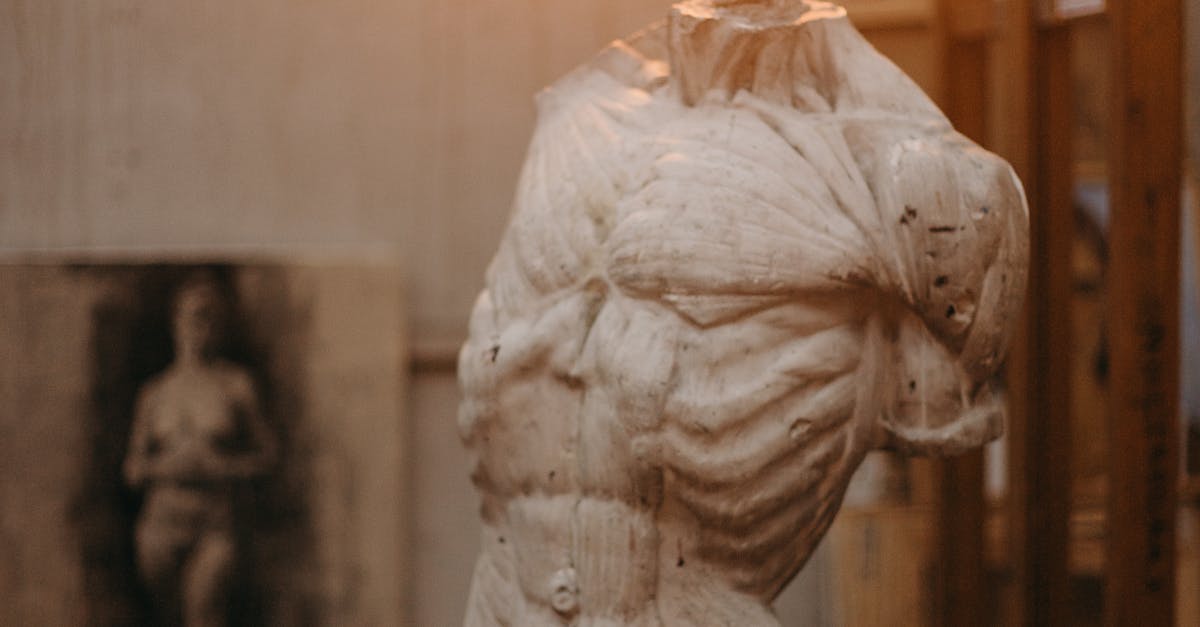The Renaissance was a remarkable period in history characterized by a revival of interest in the classical art and philosophy of ancient Greece and Rome. Central to this cultural shift was humanism, a movement that emphasized the value of human beings, individualism, and the study of classical texts. This blog post explores how humanism profoundly affected paintings during the Renaissance, leading to innovations in technique, subject matter, and artistic philosophy.
| Aspect of Humanism | Impact on Renaissance Paintings |
|---|---|
| Focus on Individualism | Portraiture and personal identity |
| Revival of Classical Themes | Mythological and historical subjects |
| Naturalism and Realism | Advanced techniques in perspective and anatomy |
| Human Emotion and Experience | Depiction of emotions in art |
| Patronage and Art as a Profession | Development of art guilds and commissions |
| Education and the Artist | Formal training and academies |
| Integration of Science and Art | Exploration of light, shadow, and anatomy |
Focus on Individualism
Humanism’s emphasis on individualism led to a significant shift in portraiture during the Renaissance. Artists began to depict not only the physical likeness of their subjects but also their personalities and social status. This focus on individuality resulted in more expressive and nuanced portraits, allowing viewers to connect with the subjects on a personal level. Notable examples include the works of Jan van Eyck and Titian, whose portraits captured the essence of their sitters with remarkable detail.

Revival of Classical Themes
Humanism sparked a renewed interest in the themes and stories of ancient Greece and Rome. Artists started to incorporate mythological and historical subjects into their work, reflecting the humanist belief in the importance of classical knowledge and virtues. Paintings such as Botticelli’s “The Birth of Venus” exemplify this trend, merging classical mythology with Renaissance ideals of beauty and harmony.

Naturalism and Realism
The Renaissance saw a revolutionary approach to naturalism and realism in painting, largely influenced by humanist principles. Artists studied anatomy, perspective, and the play of light and shadow to create more lifelike representations of the human form and the world around them. This meticulous attention to detail is evident in Leonardo da Vinci’s works, where he combined scientific observation with artistic skill to produce incredibly realistic images.

Human Emotion and Experience
Humanism encouraged artists to explore and express human emotions and experiences in their work. Instead of depicting religious figures in a static manner, artists began to portray them with dynamic expressions and relatable human qualities. This shift can be seen in Michelangelo’s “Pietà,” where the emotional intensity of Mary cradling the dead Christ evokes a deep sense of compassion and sorrow.

Patronage and Art as a Profession
The rise of humanism also led to the establishment of art as a respected profession. Wealthy patrons, including the Medici family, supported artists and commissioned works that aligned with humanist ideals. This patronage system allowed artists to develop their skills and innovate their techniques while also promoting the spread of humanist thought through their artworks.

Education and the Artist
Humanism significantly influenced the education of artists during the Renaissance. Artists began to pursue formal training and education, often studying classical texts and theories of art. The establishment of art academies facilitated this educational growth, allowing artists to refine their techniques and gain a deeper understanding of the principles of design and composition, which are still taught today.

Integration of Science and Art
The Renaissance was marked by a profound integration of science and art, driven by humanist ideals. Artists like Leonardo da Vinci not only painted masterpieces but also conducted scientific studies on human anatomy, light, and perspective. This interdisciplinary approach resulted in artworks that were not only beautiful but also grounded in scientific principles, further enriching the artistic landscape of the time.

FAQ
What is humanism, and how did it influence the Renaissance?
Humanism is a philosophical movement that emerged during the Renaissance, emphasizing the value of human beings and the study of classical literature, history, and philosophy. It influenced the Renaissance by shifting the focus from divine subjects to human experiences and emotions, leading to innovations in art, literature, and science.
How did humanism change the subject matter of paintings?
Humanism led to a shift from predominantly religious themes to a broader range of subjects, including mythology, portraiture, and scenes from everyday life. Artists began to explore human emotions and individual stories, making their works more relatable and reflective of the human experience.
Who were some key artists influenced by humanism during the Renaissance?
Notable artists influenced by humanism include Leonardo da Vinci, Michelangelo, Raphael, and Botticelli. Each of these artists incorporated humanist themes into their works, exploring individualism, classical themes, and the emotional depth of their subjects.
What role did patronage play in the development of Renaissance art?
Patronage from wealthy individuals and families played a crucial role in the development of Renaissance art. Patrons commissioned works that reflected humanist ideals, providing artists with the financial support and resources needed to innovate and create their masterpieces.
How did the Renaissance impact modern art?
The Renaissance laid the groundwork for modern art by introducing principles of realism, perspective, and the exploration of human emotions. The humanist emphasis on individual expression continues to influence artists today, making the Renaissance a pivotal moment in the history of art.
References: [The Metropolitan Museum of Art](https://www.metmuseum.org), [Smithsonian Institution](https://www.si.edu), [National Gallery of Art](https://www.nga.gov).
